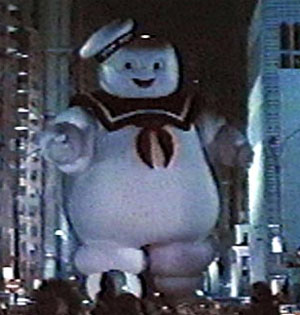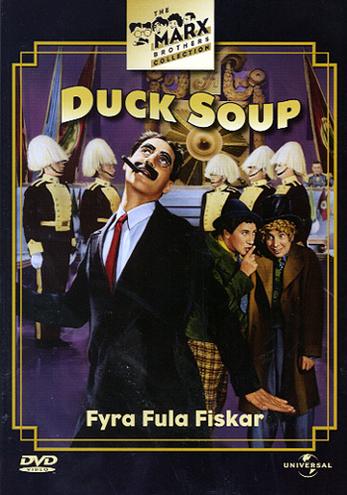Scary G-rated Movies
Posted on January 6, 2009 at 8:00 am
Emily Bazelon writes in Slate about the scariness of G-rated movies. Like several of the commenters on this site, she found The Tale of Despereaux scarier than she expected and so did her 5-year-old. Even though he had heard the audio book and knew the storyline, for at least a third of the time he “watched the movie with a pained expression and his hands over his ears. ”
Why, given this likely audience, did the moviemakers feel the need to include extended sequences with fear-pumping music; a giant menacing cat that charges after Despereaux in a gladiator ring; and Botticelli, the torture-obsessed leader of Rat World? And what’s the point of a G rating if movies like Despereaux fall into that category? This movie confirms my feeling that it’s past time to replace G with better age-tailored guidance. I remember sad G-rated kids’ movies from childhood: Disney classics like Pinocchio
, Dumbo, and Bambi. But my kids didn’t find “Bambi” distressing. Instead, what’s hard for them to handle are new movies, ostensibly created for their age group, from which they emerge metaphorically dripping in sweat, wrung out by an hour and a half of suspense and overexcitement.
Bazelon is looking for some mathematical formula to help her evaluate the movies she is considering for her children. But it is not that easy. A study published in the Journal of the American Medical Association in 2000 produced the utterly predictable conclusion that every one of the 74 G-rated movies they reviewed had at least some violence in it. That includes comic bops on the head and various kinds of mild peril as well as fights with weapons that conclude with fatal injuries.
The study found a total of 125 injuries (including 62 fatal injuries) in 46 (62%) of the films. Characters portrayed as “bad” were much more likely to die of an injury than other characters (odds ratio, 23.2; 95% confidence interval, 8.5-63.4). A majority of the violence (55%) was associated with good or neutral characters dueling with bad characters (ie, using violence as a means of reaching resolution of conflict), and characters used a wide range of weapons in violent acts.
Classic G-rated films from The Wizard of Oz (flying monkeys, Scarecrow set on fire, scary witch) to The Black Stallion
(sinking ship, loss of a parent) as well as, yes, Pinocchio
(another sinking ship, child turns into a donkey, characters swallowed by a whale), Dumbo (scary fire, mean bullies), and Bambi
(death of mother, forest fire) have both scared and enchanted children for generations. And every generation thinks, as Bazelon does, that the new movies are just scarier. But that is not the problem.
The problem is that (1) every movie and every movie scare is different; it is almost impossible to say whether one movie is scarier than another in the same rating category in part because (2) every child is different. A child who handles the death of Bambi’s mother without blinking one week (seen at home, on a small screen) may be very disturbed a week later in a dark theater with a big screen seeing the mother of the princess die of shock after seeing a rat in her soup at the beginning of The Tale of Despereaux, a moment I (apparently incorrectly) expected to be more upsetting to children in the audience than the gladiator scene with the bound princess delivered to the hungry rats to be devoured (but rescued before they get even a nibble). Children’s developmental rates are uneven and unpredictable and you can never be certain how they will process the moments of peril and tension in a story.
I’ve never met anyone who couldn’t immediately tell you about some movie that they found traumatic as a child or teenager (I get the flying monkeys a lot). I take that seriously; after all, a large part of what I do here is help guide parents to give them the information they need to protect their children. And I urge parents to leave the theater or turn off the TV if they think children are unhappily frightened. But I realize, as all parents should, that one of the purposes of story-telling is to give us the opportunity to test our emotions and our responses and give us a sense of control over our inexpressible fears. Before there were scary movies there were scary fairy tales and nursery rhymes and before that there were scary stories around the campfire. The best we can do as parents is to protect our children when we can and teach them how to handle their fears when we can’t.



